Notes
Concave sides from excessive use of sharpening many tools. Thin groove along one face for the sharpening of a tool. Iron corrosion surrounding groove. Appears similar to Aquia sandstone quarried locally for Mansion foundation and early outbuildings on the estate.
Object Type
Has it Been Conserved?
No
Where Was It Found?
Project Site: House for Families [more details]
Material
Manufacturing Technology
Form
Completeness
Date
18th century
Country of Origin
Dimensions
23.73mm x 20.75mm x 72.42mm (W x H x L)
Illustration shows object in comparison to the size of a quarter
Weight
73.4 gram(s)
Object Number
1830101
DAACS Number
1830101
Project: House for Families
The structure identified as the “House for Families” on the 1787 Vaughan plan likely housed the majority of the enslaved population living at the Mansion House Farm for much of the second half of the eighteenth century. The building was in existence from circa 1760 until it was demolished in late 1792 or early 1793. The archaeological evidence for the structure consisted of a brick-lined storage cellar (44FX762/40-47) measuring roughly six feet by six feet. Historically the cellar served as a handy trash receptacle once it ceased to be used for its original storage function, and through extensive excavation has yielded an extremely rich assemblage of household refuse. The analysis of these remains offers the opportunity to study important aspects of the daily lives of Mount Vernon's enslaved community.
See All Objects From this Dig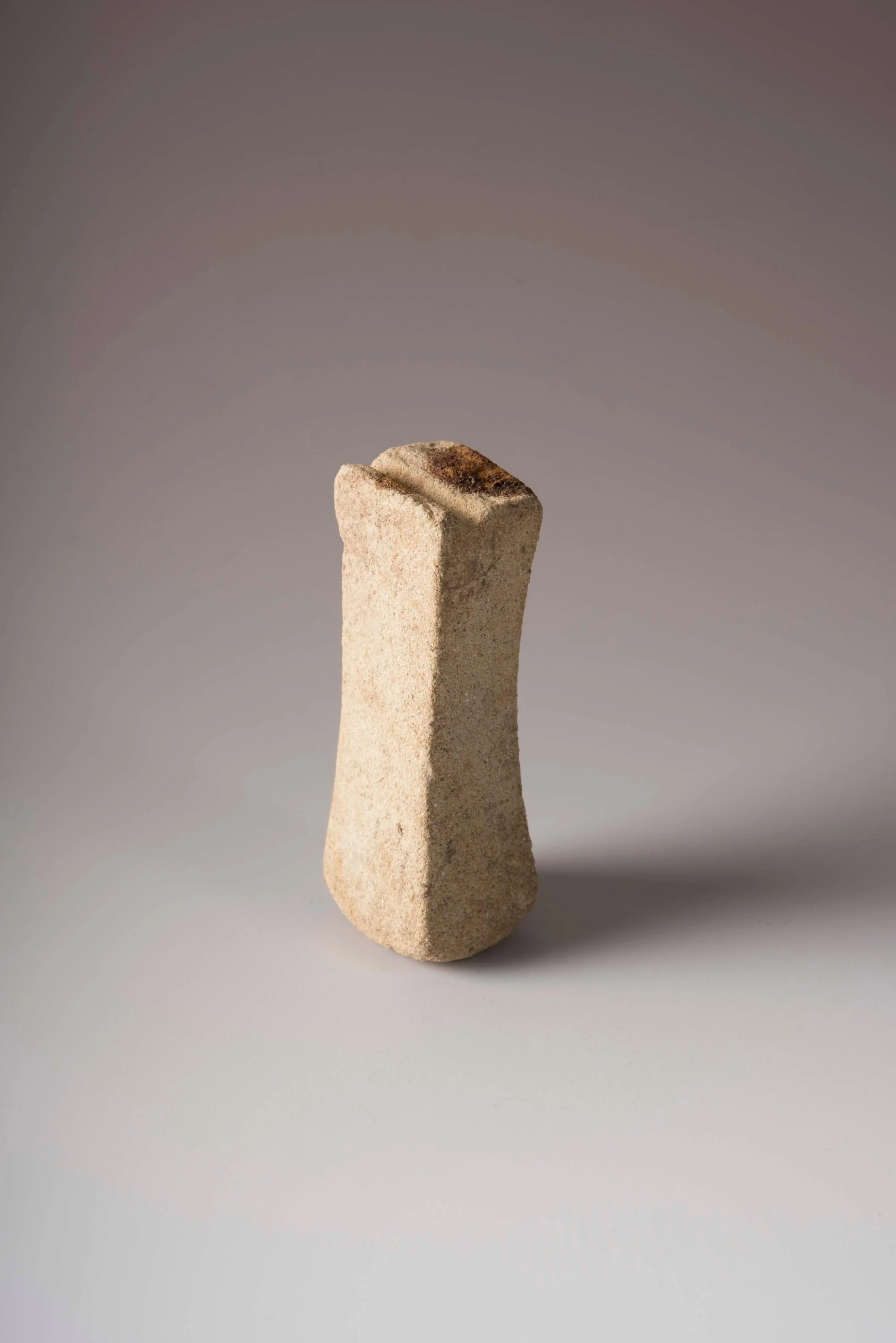
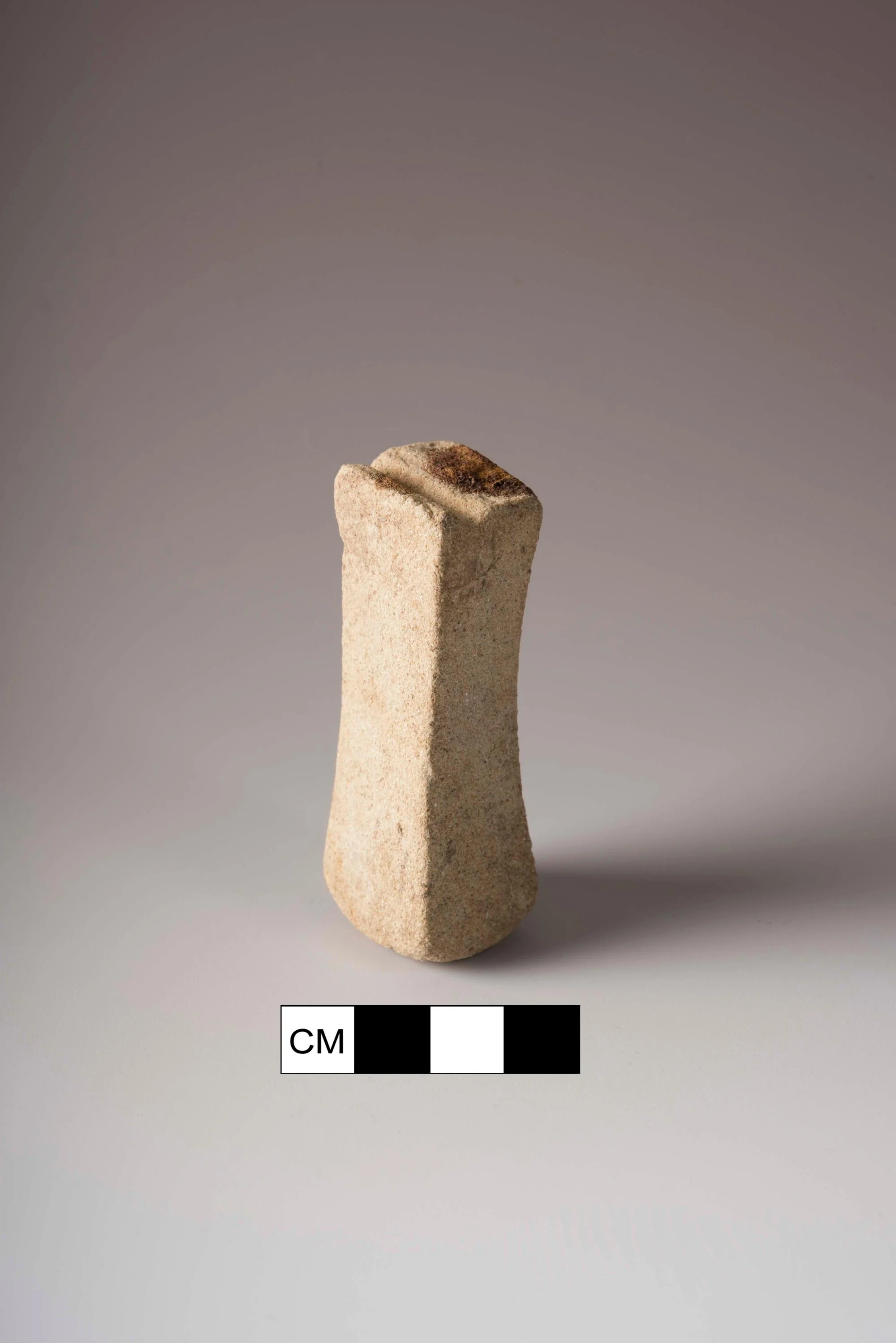
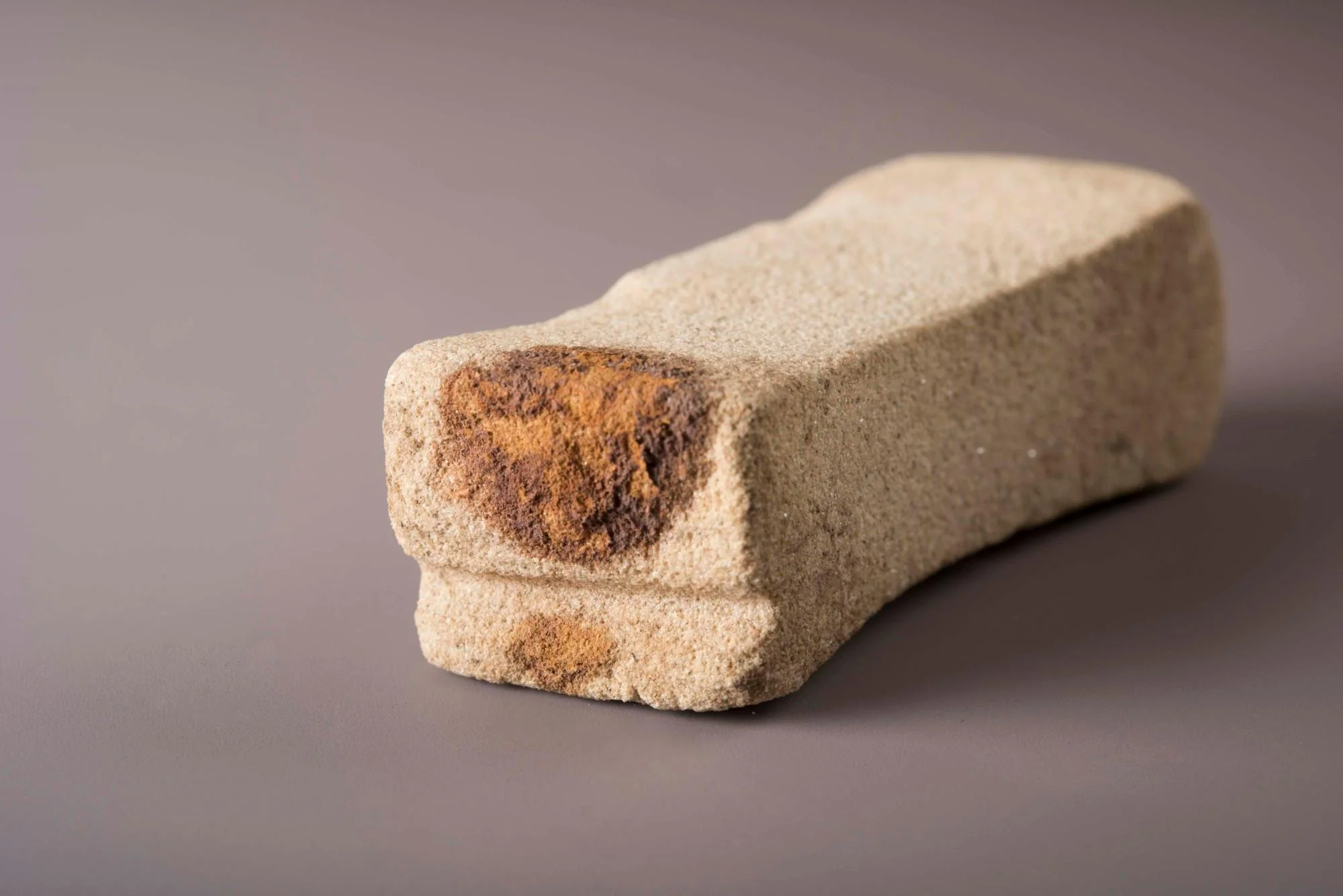
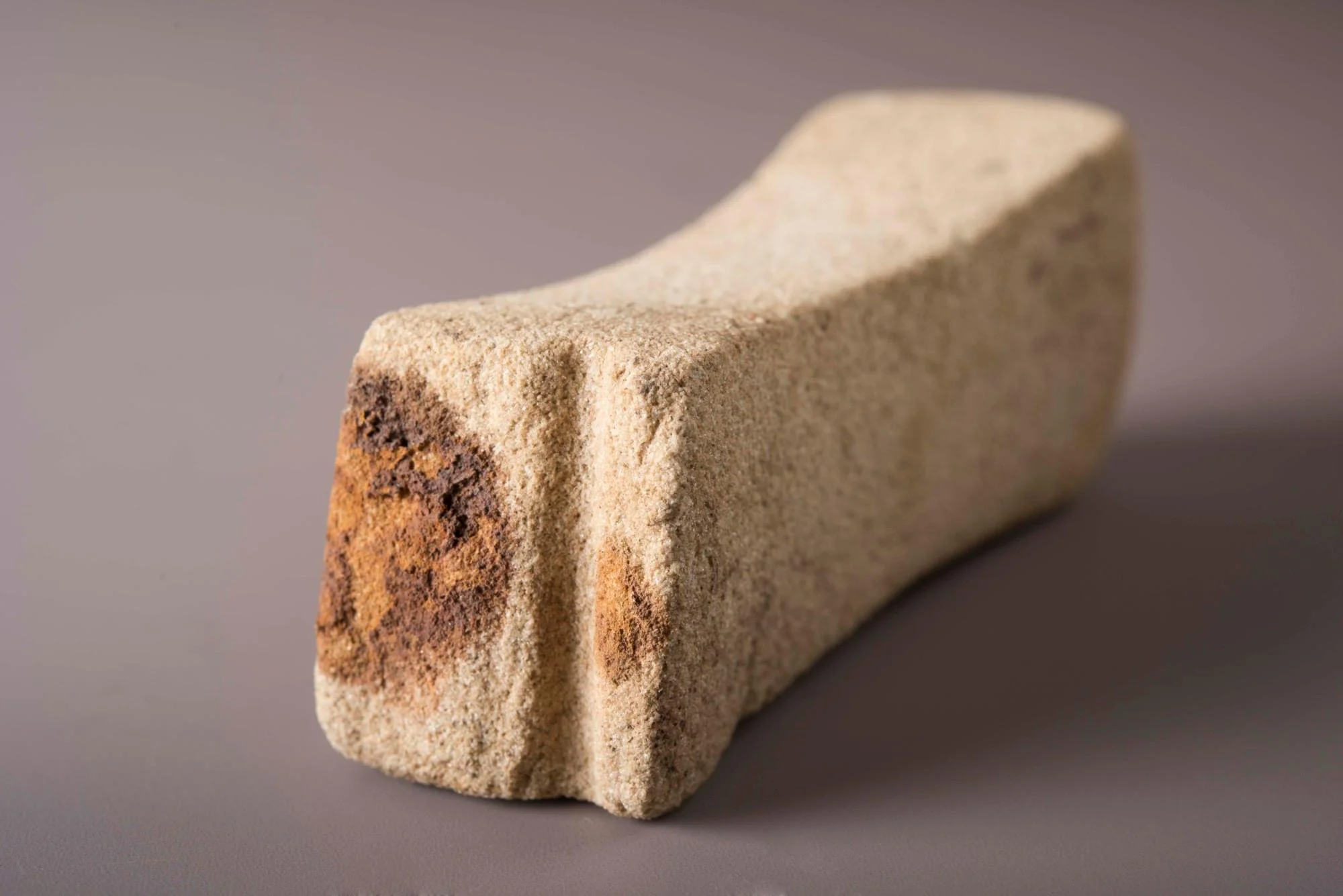
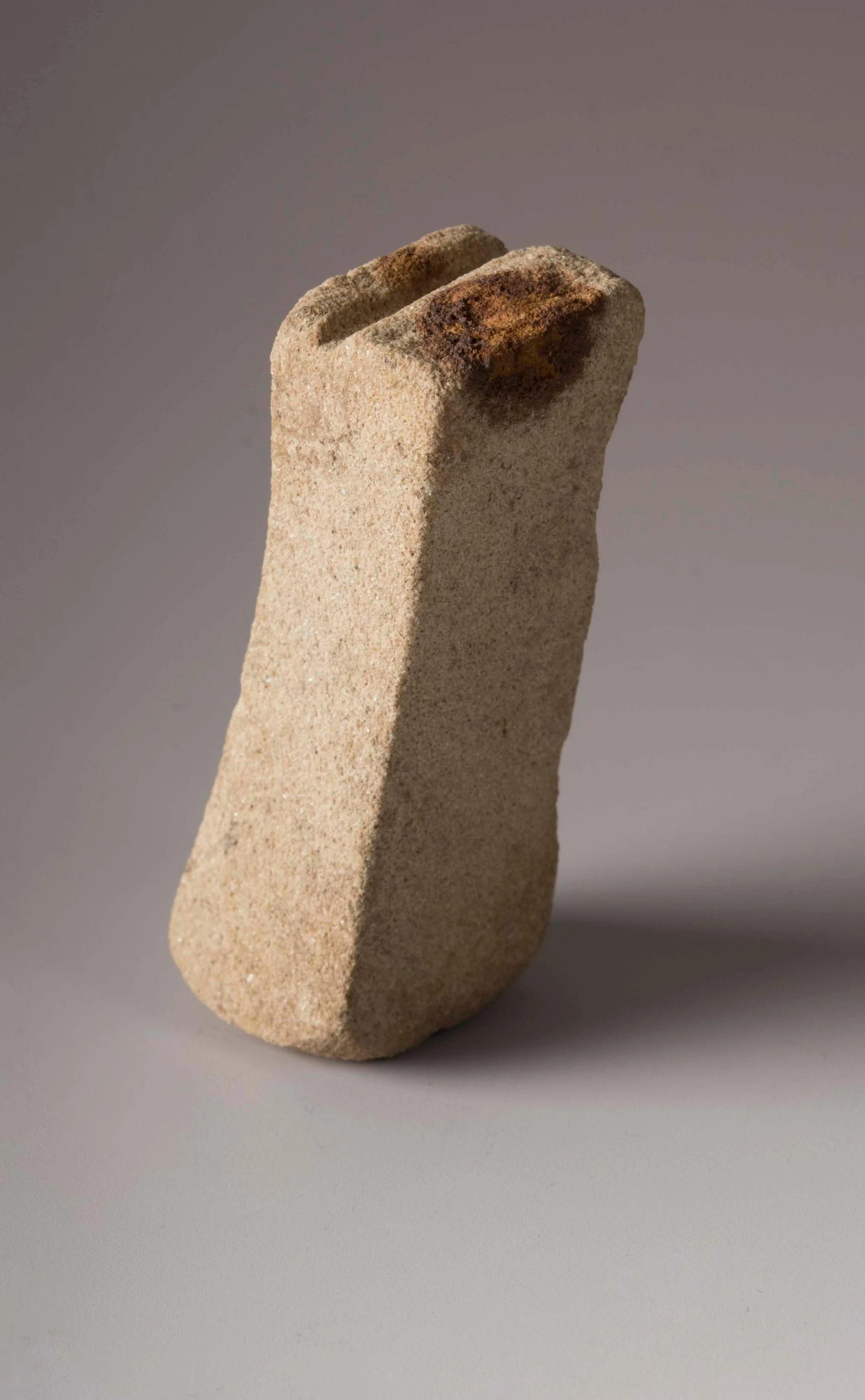

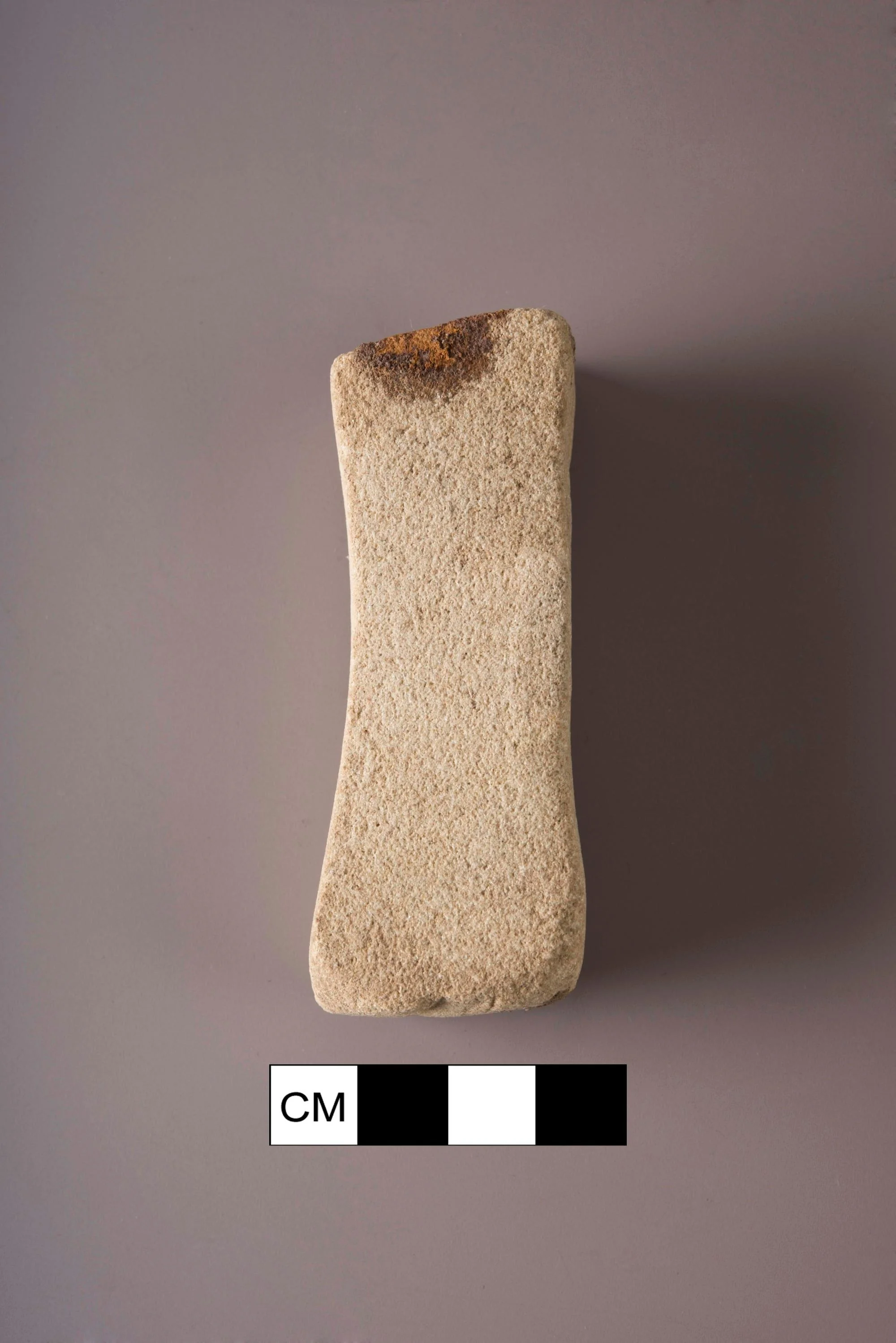
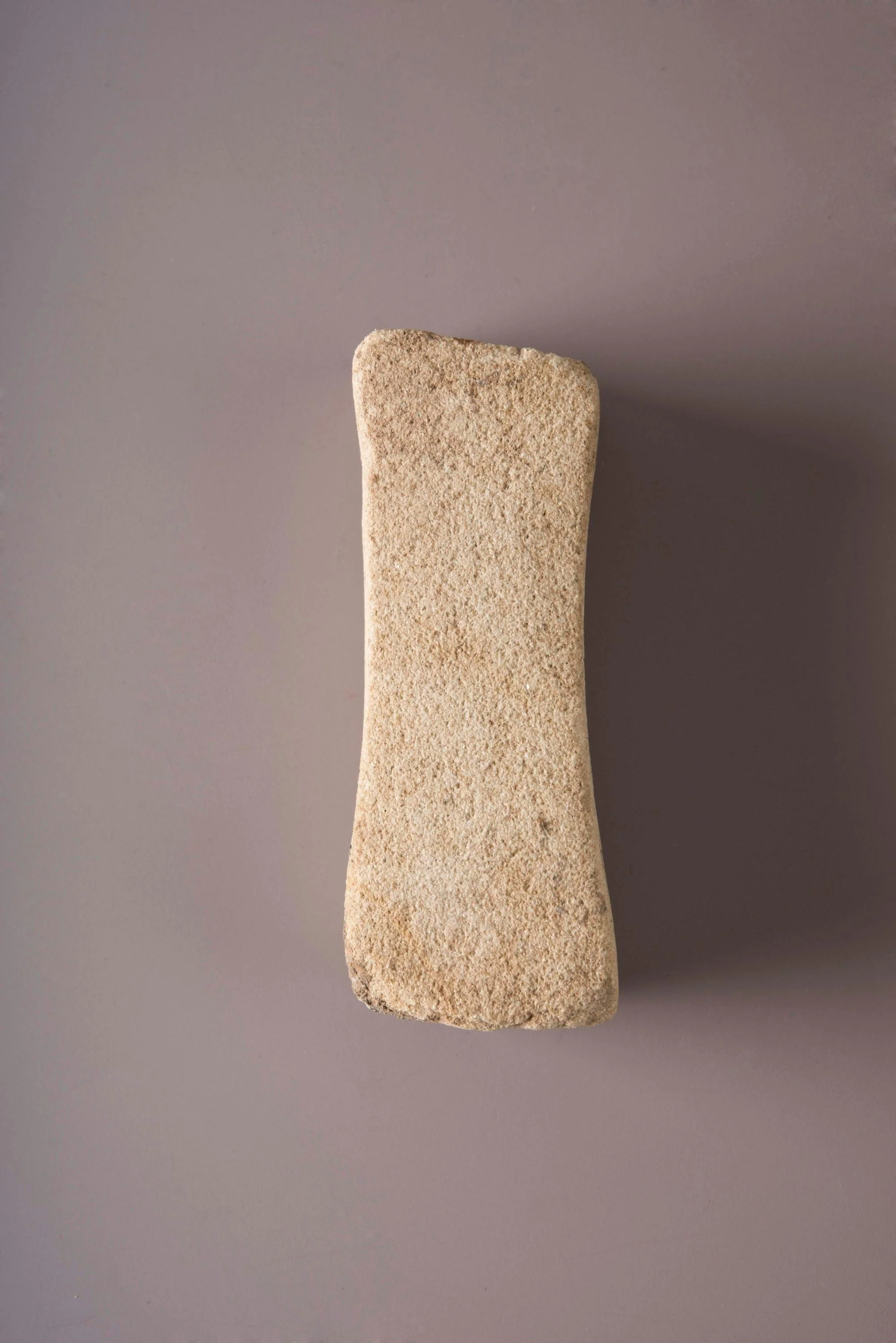
 All Other Artifacts
All Other Artifacts